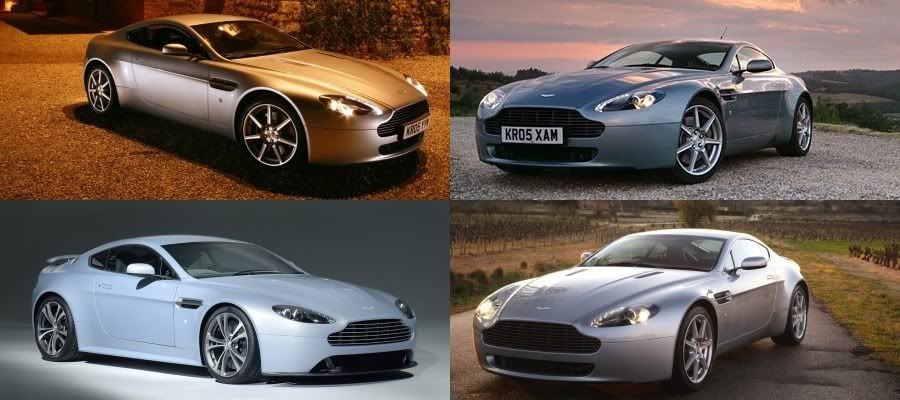Founded by two enterprising English brothers; Don and Derek, Rickman Motorcycles sprang into prominence by first offering lightweight frame kits to transform normal British singles (and engines from other origins) into competitive, sharp handling dirt scramblers. Thus was born the Rickman Metisse’; loosely based French slang for describing the ultimate two-wheel mongrel.
In the late 60s, the brothers ventured into the street arena and directly into the fast rising café’ racer craze. Primarily using the era’s most popular engines; Honda 750s, Triumph twins, triples and Kawasaki’s King Kong 900cc Z1, Rickman ‘CR’ kits were a popular subject among motorcycling’s most affluent (and patient) enthusiasts.
As the kits came into vogue, Craig Vetter’s Windjammer empire came on the scene for import into the USA. Boosted by this wide range exposure, tests and evaluations of the Rickman CR kits became more frequent. Needed for a finished Rickman CR was the donor bike’s engine and transmission, various controls, instruments, side covers and wiring. Rickman supplied the nickel-plated chassis -often a point of QC concern- a Rickman-made 42mm fork, Gherling shocks, and Lockheed disc brakes. The swoopy seat/fairing was offset by the CR’s low clip on bars. Early Triumph-powered Rickman’s had a 4v head conversion that offered more power and torque.
Test results varied. Cycle’s editors found the Kawasaki 900 multi too wide; resulting is a serious lack of ground clearance. Most favored and built the Honda variant, possibly due to the popularity of that model and engine, although there seems to be a growing number of Triumph-powered Rickman CR’s surfacing.
Perhaps most important, the Rickman Motorcycle company bridged the gap between the demise of the English motorcycle industry, and John Bloor’s renaissance of the Triumph brand. Marking an important era in motorcycling’s history, thanks to the Rickman brothers, the English were never completely out of the game.














In the late 60s, the brothers ventured into the street arena and directly into the fast rising café’ racer craze. Primarily using the era’s most popular engines; Honda 750s, Triumph twins, triples and Kawasaki’s King Kong 900cc Z1, Rickman ‘CR’ kits were a popular subject among motorcycling’s most affluent (and patient) enthusiasts.
As the kits came into vogue, Craig Vetter’s Windjammer empire came on the scene for import into the USA. Boosted by this wide range exposure, tests and evaluations of the Rickman CR kits became more frequent. Needed for a finished Rickman CR was the donor bike’s engine and transmission, various controls, instruments, side covers and wiring. Rickman supplied the nickel-plated chassis -often a point of QC concern- a Rickman-made 42mm fork, Gherling shocks, and Lockheed disc brakes. The swoopy seat/fairing was offset by the CR’s low clip on bars. Early Triumph-powered Rickman’s had a 4v head conversion that offered more power and torque.
Test results varied. Cycle’s editors found the Kawasaki 900 multi too wide; resulting is a serious lack of ground clearance. Most favored and built the Honda variant, possibly due to the popularity of that model and engine, although there seems to be a growing number of Triumph-powered Rickman CR’s surfacing.
Perhaps most important, the Rickman Motorcycle company bridged the gap between the demise of the English motorcycle industry, and John Bloor’s renaissance of the Triumph brand. Marking an important era in motorcycling’s history, thanks to the Rickman brothers, the English were never completely out of the game.















No comments:
Post a Comment